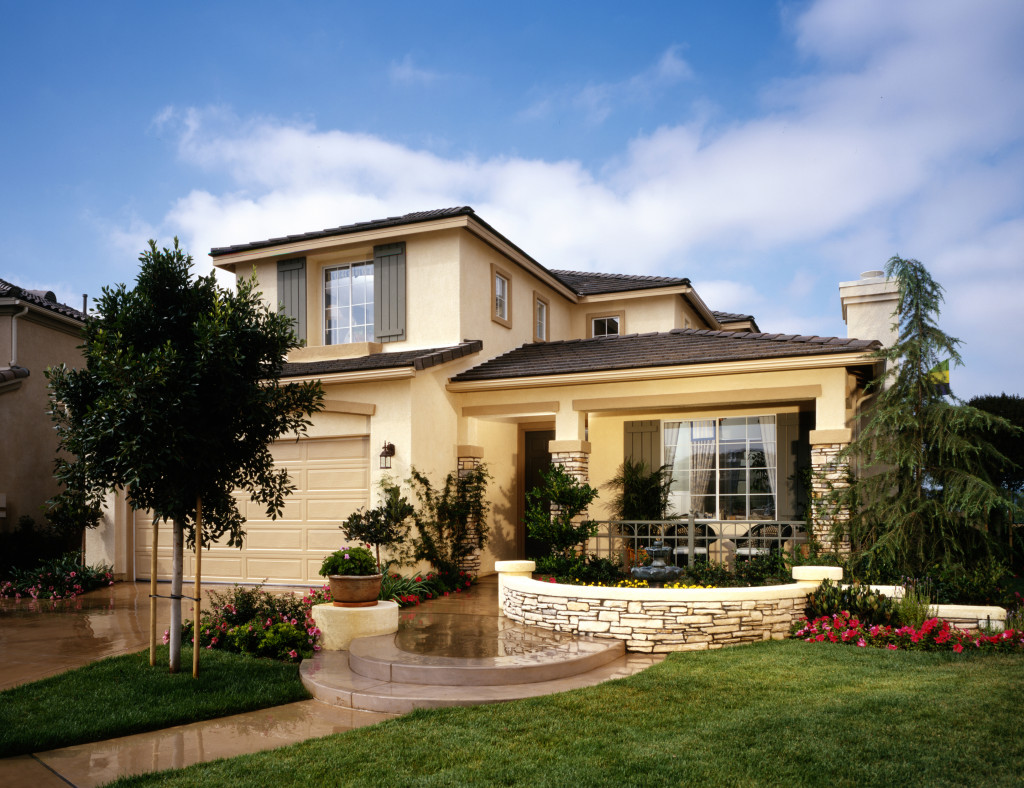- Home safety involves careful attention to areas like the bathroom, living room, kitchen, bedroom, and outdoors.
- Regular maintenance checks, clutter-free spaces, and emergency plans enhance home safety and prevent accidents.
- Installation of safety devices, such as smoke alarms, CO detectors, and home security systems, provides added protection.
- The goal is to create a secure, comfortable sanctuary where every family member can feel safe and relaxed.
As a homeowner, your top priority is providing your loved ones a safe and secure environment. Your home is where you should feel safe and relaxed, and ensuring safety and security in different areas of your home is crucial. This blog will provide some easy tips on keeping your home a secure and peaceful sanctuary. Whether it is the bathroom, living room, kitchen, or any other part of the house, this blog has got you covered.
Bathroom
The bathroom is one of the most common areas where accidents happen in homes. If you have children or elderly living with you, installing grab bars in the shower, tub, and near the toilet is always wise. These grab bars provide additional support and prevent falls. To avoid slipping accidents, you can also add non-slip mats to the shower and bathtub floors.
Keep all medications and cleaning products out of reach and secure in a locked cabinet. Additionally, consider investing in a frameless shower enclosure. This enclosure is not only aesthetically appealing but also makes it easier to clean and prevents mold from growing in corners. It also eliminates the need for shower curtains, which can quickly become breeding grounds for bacteria and mildew.
Living Room
People spend most of their time in the living room, and keeping it safe and secure is essential. Make sure all electrical appliances are unplugged when not in use and cords are neat and tidy. Use window blinds or curtains to avoid prying eyes from outside. Keep valuable items, such as jewelry and electronic devices, in a secure location. Have fire extinguishers and smoke alarms installed in the living room as a precaution.
Kitchen

The kitchen is one of the busiest and most hazardous parts of the house. Always make sure that sharp objects like knives are stored in a designated area and out of reach of children. Never leave heated pots and pans unattended. Keep the stove clean, and ensure that there is a fire extinguisher nearby. Install a CO detector to prevent carbon monoxide poisoning.
Bedroom
The bedroom is one of the most peaceful and relaxing areas of the house, but safety should still be a top priority. Keep the room clutter-free, and make sure that furniture is secured to prevent tip-over accidents. Have a well-lit hallway or night lights in the bedroom to prevent falls in the dark. Install smoke alarms and carbon monoxide detectors in the bedroom and surrounding areas.
Outdoors
The outdoors can be just as hazardous as the indoors. Make sure all entrances and windows are locked and secure. Install motion sensor lights at entrances and around the perimeter of the house. Check for any tripping or falling hazards when walking around the property. Keep your garage and shed locked and secured at all times to prevent theft of valuable items like tools and bikes.
Bonus: Maintaining a Safe and Secure Home
Now that you know the various areas of your home that need extra attention for safety and security, it is essential to maintain these measures regularly. Here are four simple tips to help you maintain a safe and secure home:
Keep your home neat and organized.
Keeping your home clutter-free not only helps with overall cleanliness but also reduces the risk of accidents and injuries. Make sure to regularly declutter and organize your home, especially in high-traffic areas.
Conduct regular maintenance checks.
It is essential to conduct regular maintenance checks on appliances, electrical systems, and structural elements of your home. This will help identify any potential hazards or issues that need to be addressed.
Have emergency plans in place.
In case of emergencies, it is crucial to have a plan in place. Make sure all family members are aware of emergency exits and fire escape routes, and designate a meeting point outside the house. Practice these drills regularly to ensure everyone knows what to do in case of an emergency.
Invest in home security systems.

Investing in home security systems, such as cameras, alarms, and monitoring services, can provide added peace of mind. These systems not only act as deterrents for intruders but also alert you and the authorities in case of any suspicious activity.
The safety and security of your home is an ongoing task that requires consistent attention and effort. Remember, your home is your sanctuary where you and your family should feel safe and comfortable. The steps outlined in this blog serve as a guide to help you ensure that every corner of your home, from the bathroom to the bedroom and even outdoors, is as safe and secure as possible.

